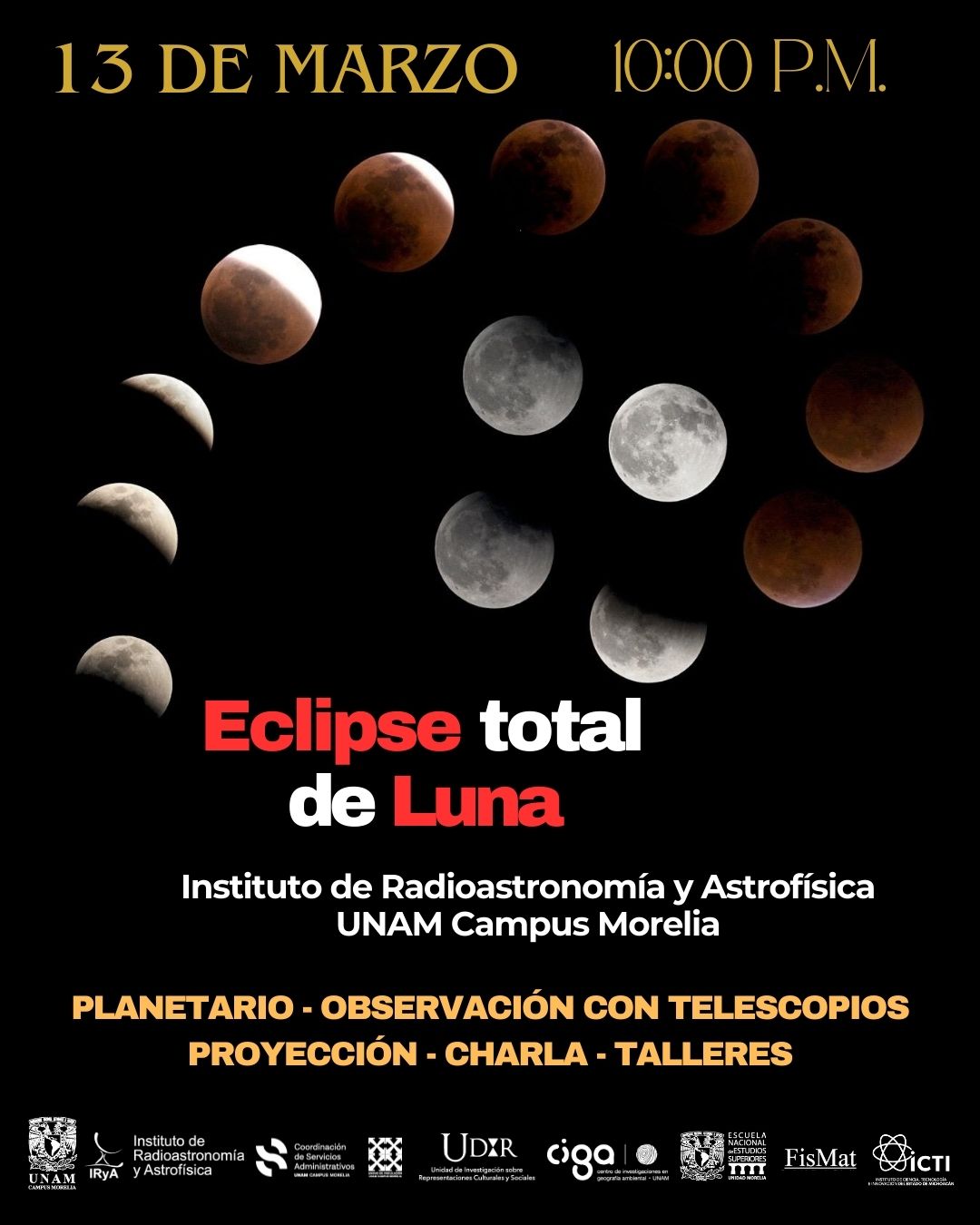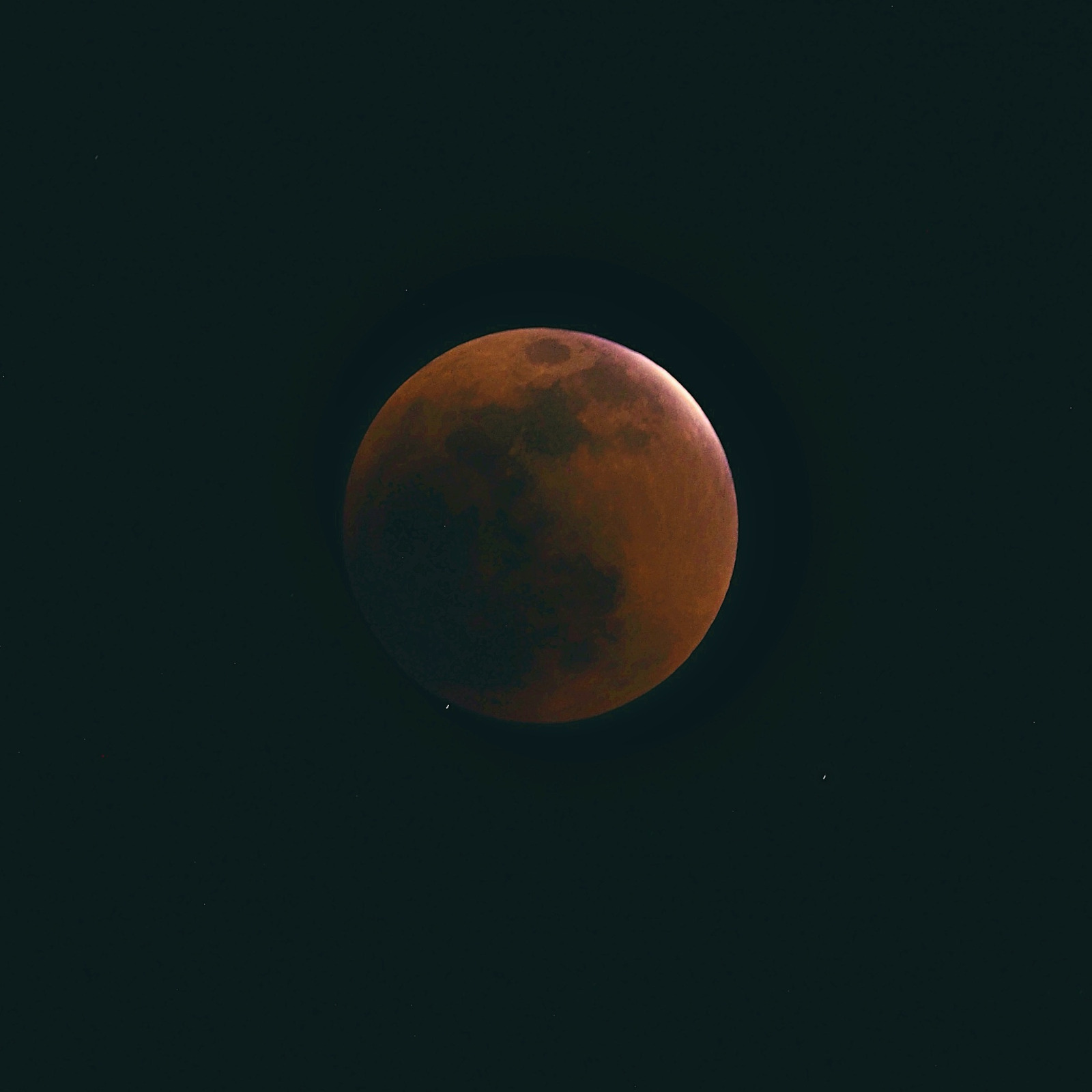The Moon will tinge with reddish colors on the night of March 13-14 this year, as we observe a total lunar eclipse throughout Mexico. For several hours, our natural satellite will pass through the shadow of the Earth, so it will first darken and then light up with slightly reddish, orange or copper colors.
“It is a spectacle worth witnessing,” said René Ortega Minakata of the Institute of Radio Astronomy and Astrophysics (IRyA) at UNAM, Campus Morelia. “It can be observed from anywhere with the naked eye, but at UNAM Campus Morelia we will observe with telescopes free of charge for the public,” he commented.
There are many popular beliefs surrounding eclipses, especially about whether it is safe to observe them or if they cause harm to people, plants or animals. “Lunar eclipses are completely safe and can be enjoyed with the naked eye without the need for protection or special equipment, and they do not cause any harm to any living being,” said Ortega Minakata.
The penumbral phase of the eclipse will begin around 10:00 pm on Thursday, March 13, Central Mexico time. During this phase, the Moon will only darken slightly, making it difficult to see. The partial phase will start at around 11:10 pm, where the Earth's total shadow, the umbra, will clearly gradually cover the lunar disk.
Shortly before 12:30 am (after midnight), the total phase of the eclipse will begin, popularly known as the "red moon." During this phase, the light from the Sun that passes through the Earth's atmosphere is separated into its constituent colors and is "bent" a little, and the red part of the light is focused on the Moon, so it lights up with reddish tones. This phase will last a little more than an hour, until 1:30 am, when the Moon begins to emerge from the Earth's shadow.
“Starting at 10:00 pm we will have hands-on activities, a talk, a projection of the Moon, projections inside the mobile planetarium and, of course, observation with telescopes and with the naked eye,” said René Ortega Minakata about the event at the UNAM Campus Morelia, located on Ant. Carretera a Pátzcuaro, in front of Tenencia Morelos. “The event concludes at the end of the total phase of the eclipse, at 1:30 am. We invite everyone to enjoy the eclipse on our Campus,” he concluded.
 Promotional image for the observation event at UNAM Campus Morelia.
Promotional image for the observation event at UNAM Campus Morelia.
Top image: Total lunar eclipse in Morelia, Mexico, in 2022. Credit: Bernardo Cervantes (IRyA).
About IRyA, UNAM
The Instituto de Radioastronomía y Astrofísica (IRyA), or Institute for Radioastronomy and Astrophysics is an academic unit at UNAM, Campus Morelia, Mexico. The Institute’s personnel perform high-level and high-impact research in the areas of interstellar medium, star formation, evolved stars, high energy astrophysics, Galactic dynamics and structure, extragalactic astronomy and cosmology. They also contribute to educate high-level human resources through a postgraduate program, and maintain a close relationship with society through diverse outreach and science communication programs.
If you are interested in our Institute, visit the English version of our webpage, www.irya.unam.mx/web/en
Media contact:
Dr. René A. Ortega Minakata
Outreach and Science Communication
IRyA UNAM Campus Morelia
Text: IRyA UNAM





